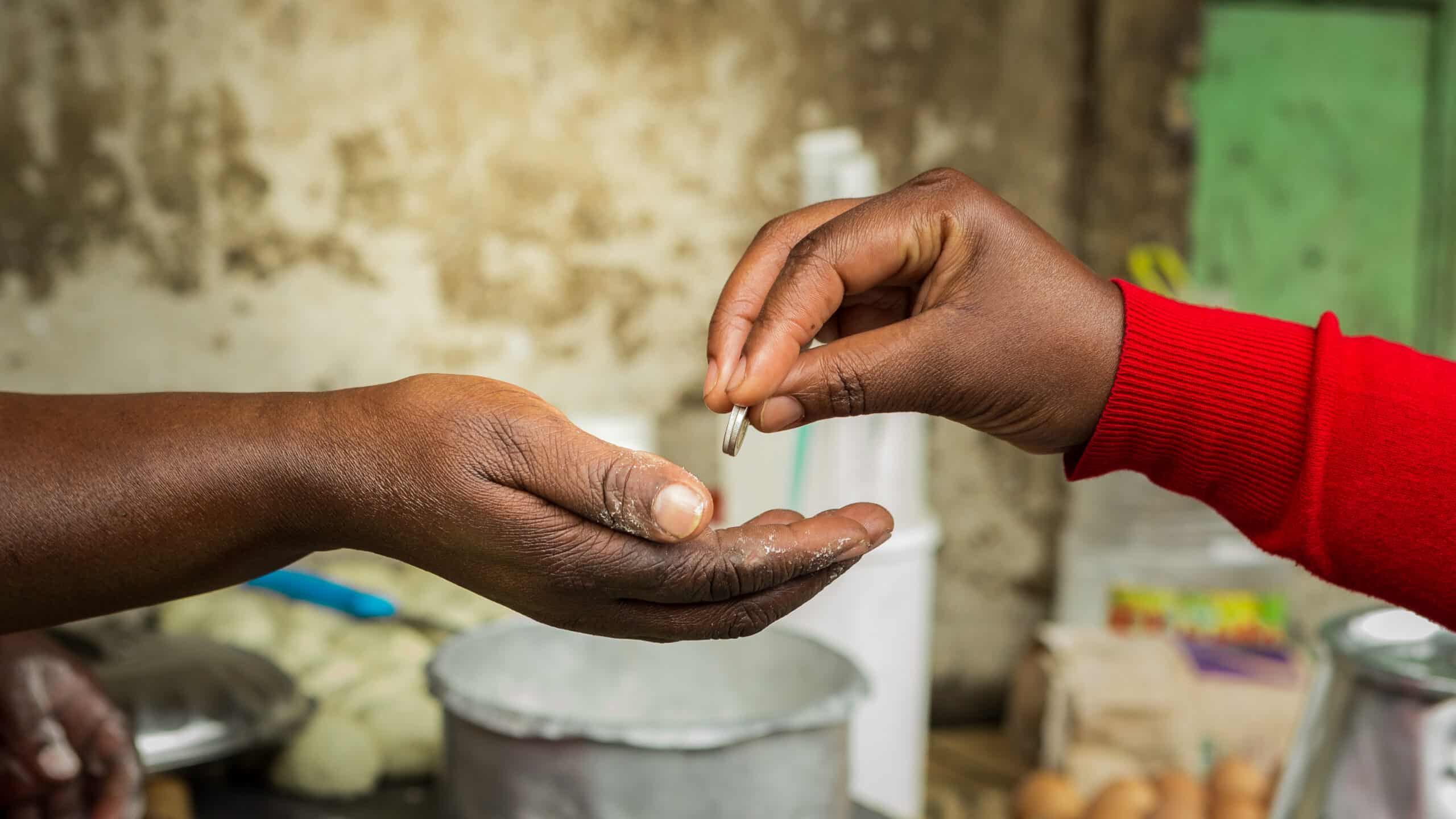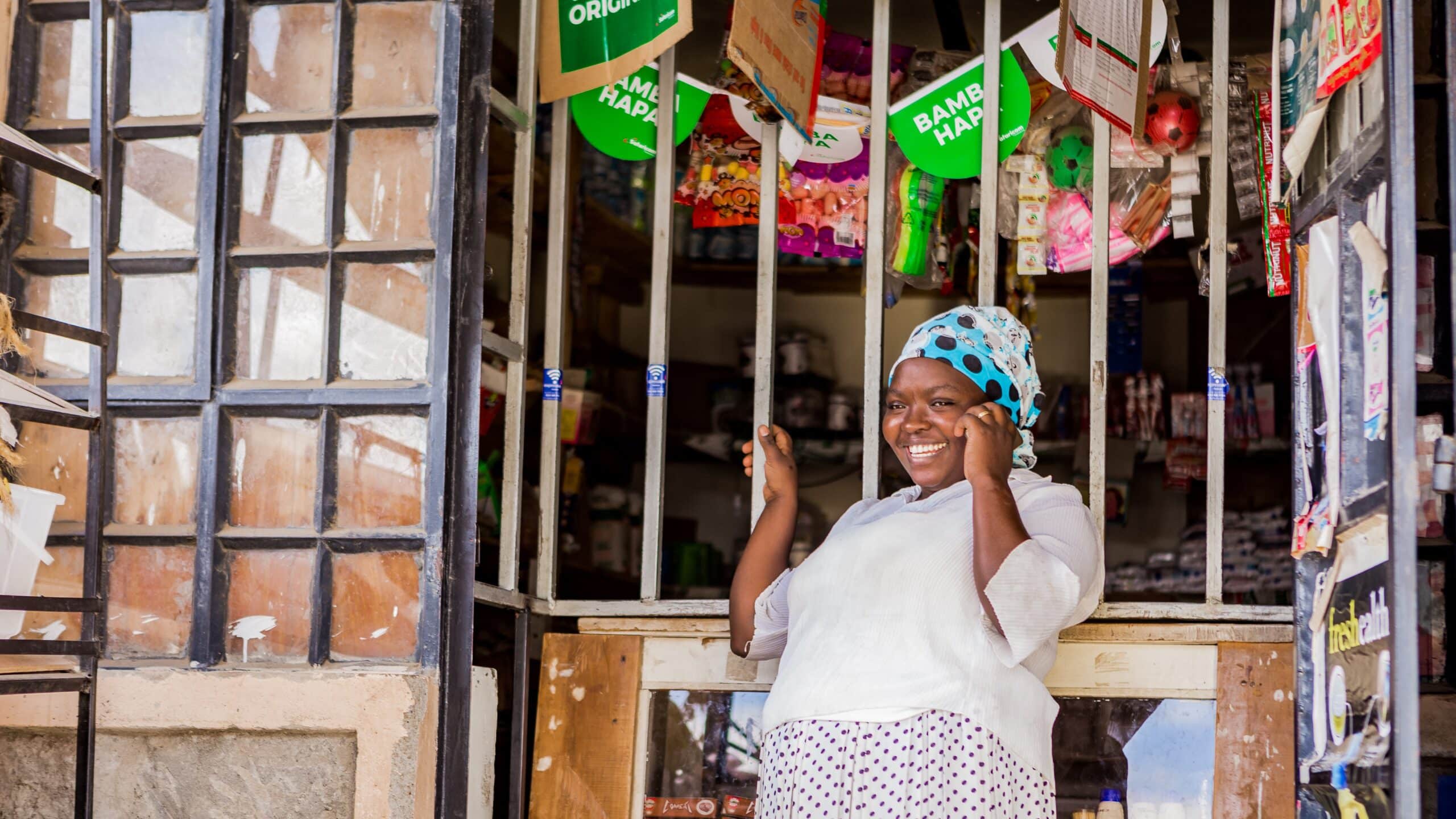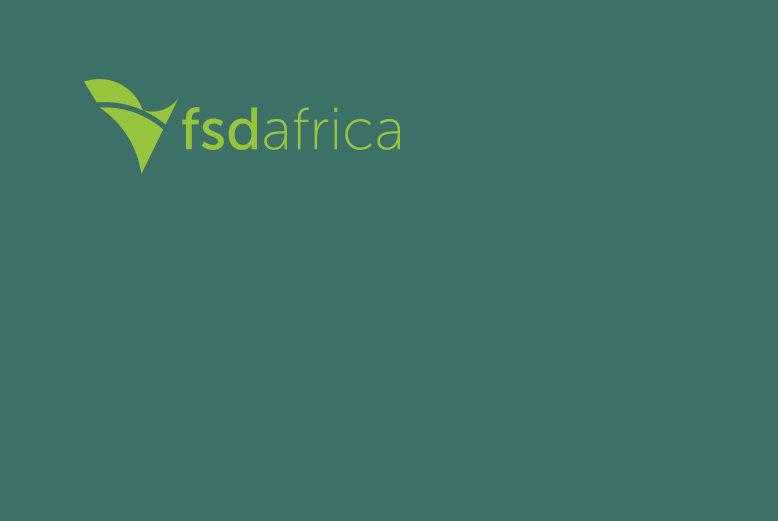For years, donors and regulators have been trying to cook up more mature consumer credit markets in Africa. We used to think we knew the essential ingredients for baking the perfect credit market cake. But when we look around the world at how credit markets are functioning—especially for low income groups—we find that the credit cake is burnt in some places and raw in others. Something is wrong with the recipe itself.
My research team and I collected in-depth stories from consumers in Kenya, Ghana, and South Africa, to understand the experiences of what we call “cuspers.” People on the ‘cusp’ of poverty and the middle class, already represent almost a quarter (23%) of Africans and as a group, they are growing. They are getting by on $2-5 per day and straddling the informal and formal economy. Their stories tell us that if we want credit markets that support upward mobility—and not just churn—we need to think again about our old recipe.
So here are five things we used to think:
1: l and should displace informal credit. We used to think, that banks and microfinance intuitions are implicitly more “fair” because they have to abide by consumer protection regulations. By extending formal options to previously excluded borrowers, we thought we were liberating them from predatory informal lenders who overcharge, lock people in debt cycles, and use unethical collections practices. We used to think that if banks cut back lending to low-income groups, evil loan sharks will fill the void.
But the reality is much more complicated. Firstly, informal lenders are not all evil. In fact, people told us that informal lenders—both those who charge interest and those who do not—were often more understanding and flexible than formal lenders. Some accept broader forms of collateral and proof of credit worthiness, simplify application and disbursement processes, and explain terms in ways that were understandable, even for the semi-literate. Many informal lenders even halt the accumulation ost when a borrower falls behind, which is very rare for a bank.
Secondly, informal lenders rarely offer products that actually compete with formal lenders. We found that most informal loans were significantly smaller. Informal lenders often cornered the market for $10 loans, while banks were going after those that were many times larger, rarely under $200. Only in Kenya (because of M-Shwari) do we see a bank offering a service that actually competes with informal lenders.
Finally, formal lenders are not all pillars of ethics and as an alternative, people don’t run to loan sharks. We were told stories of predatory lending, opaque terms and conditions, unclear—even intentionally obscured—loan pricing, and condescending and insulting bank staff. And our evidence shows that the main substitutes for formal borrowing are saving and delaying or forgoing consumption.
2: Credit for investment is “good”; credit for consumption is “bad.” We used to think that because consumption credit does not produce a return, repayment of consumption loans is difficult and just increases the cost of consumption. But, we found many entrepreneurs borrowing for consumption as a means of keeping capital in their businesses. As long as this is a temporary fix and not a habit, consumption borrowing can be hugely helpful. We also see that borrowing for important, time-saving assg machines—can make a huge difference in the productivity of people’s lives.
3: Digital is inevitable. Digital is better. Of course digital lending can reduce cost but, digital is not moving as quickly as one might expect. In South Africa, despite widespread adoption of mobile phones we still see most lending taking place over the counter. In Kenya, mobile lending is taking off, but we see evidence that the lack of a personal relationship with the lender proves a disincentive for on time payments. Many borrowers delay and default on very tiny loan payments, not because they don’t have the money, but because a distant, digital lender feels so far away.
4: Don’t dampen provider incentives. Yes, we need providers willing to invest in going after new markets, but what happens when those incentives work too well? Credit to cuspers has been shown to be ‘price inelastic’. The more that’s offered, the more people borrow. Regulation matters.
5: The more cr sharing, the better. We used to think that the better lenders can know their borrowers and assess risk, the more competition and the lower interest rates will fall for good borrowers. Instead, we see that—without effective regulatory enforcement—near perfect information sharing can lead to aggressive lending practices, with lenders pushing credit on viable borrowers. In South Africa, where so much is known about borrowers, risk models can become more and more precise, encouraging lenders to simply price for more risk, increasing interest rates for all and of course the sheer volume of credit extended. In other markets, where lenders know less about borrowers, they are forced to be more cautious.
Credit on the Cusp is an FSD Africa project, implemented by Bankable Frontier Associates.<



